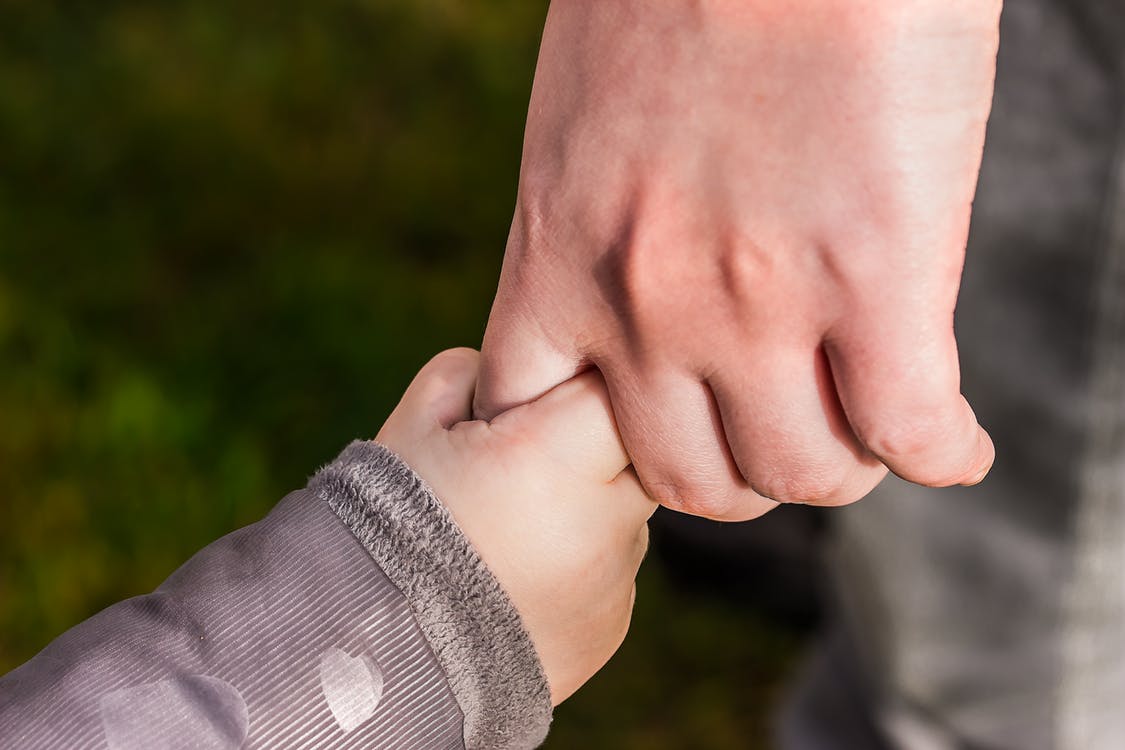Children are usually very active, and through their various activities, some may become injured. Sprains and pulled muscles are common, but some children will break bones from time to time. If your child has recently broken a bone, you may not be sure how you can help your child through the recovery process. These steps will help you to better care for your child through all stages of recovery.
Assist Your Child with Daily Activities
Your child likely will be in a cast for at least several weeks, and some children must wear a cast for a few months. Depending on where the cast is located, your child may struggle with many daily tasks, and this can create frustration for your child. This may include bathing, getting dressed, brushing teeth and more. He or she may also not be able to write to do assignments at school.
At home, help your child in all ways possible. However, with some tasks, you may be able to show him or her alternative ways to do them. You can also talk to the school about special assistance that may be needed in the classroom during the recovery process.
Keep Scheduled Doctor Appointments
After the cast is on, your child may have minimal appointments with a doctor such as Town Center Orthopaedic Associates, P.C. to keep. However, any appointments that are scheduled may be important because they can tell the doctor how well the bone is healing and if there are any other signs of injury that should be addressed. After the cast is removed, there may be a few follow-up appointments as well as the recommendation for therapy for a full recovery from the injury.
Follow Therapy Guidelines
Muscles can become very weak when they are immobilized by a cast for a lengthy period of time. Physical therapy is often needed for at least a few weeks so that your child can enjoy the full range of motion and regain strength in the affected muscles. You should keep all therapy appointments, and you should encourage your child to follow any at-home exercise instructions that the therapist provided.
Recovering from a broken bone can be a lengthy and frustrating process. Because mobility is critical to so many aspects of life, wearing a cast can create numerous challenges for your child. Each of these tips can help your child through the recovery process in different ways. Remember that each situation is unique. Discuss challenges and needs with your child so that you can customize your efforts to meet his or her needs.
By Meghan Belnap
All rights reserved. Any reproducing of this article must have the author name and all the links intact.







